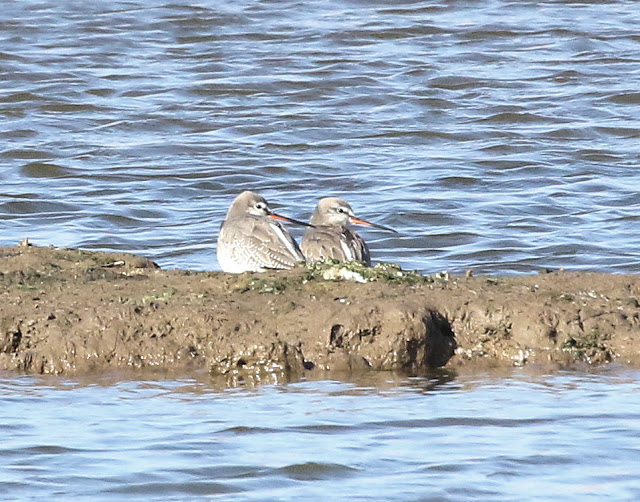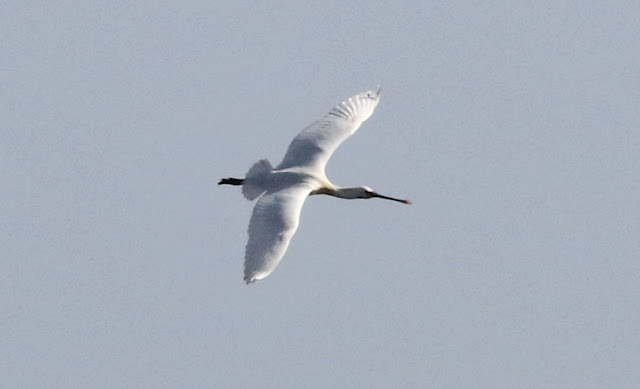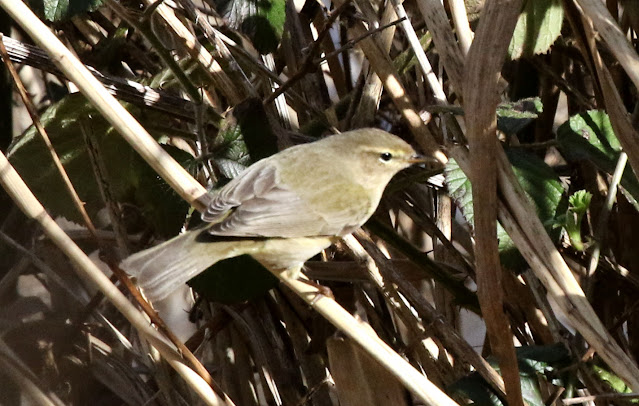The winter term has drawn towards its protracted close. The length of daylight has imperceptibly increased over the last few weeks, so the weather should be improving fairly soon! The Spring-Summer term will be starting the week after Easter.
Monday, 27 March 2023
Book now for the Post-Easter Term
Friday, 24 March 2023
Spring Term Follows Swiftly
On Monday I checked out a reserve in the Howden area.
On Tuesday and Wednesday we went to Blacktoft Sands. Every group started at the new hide, with everyone suitably impressed by its solidity and effectiveness. From here there were Wigeon, Tufted Ducks, Shoveler, Little Grebes and Snipe around the fringes.
At Marshland last week’s Goosander had gone, and the Heron’s were further away. Again, there were Snipe here, plus Teal, more Wigeon, and this time some Pochard. On Wednesday am Anthony spotted some unusual waders hunkered down at the back of the most insignificant island. They turned out to be Spotted Redshank still in their drab winter plumage.
Both groups hiked over to Ousefleet hide. A yellowish Chiffchaff was seen by all groups The best bird on Wednesday was a Spoonbill, but there were also Shelduck, and on Tuesday Black-tailed Godwits and Dunlin.
At Townend the birds were better on Tuesday, including a pair of Goldeneye at the back. These were missing on Wednesday am, but after lunch a female Goldeneye was directly in front of the hide. There was little of any consequence on either day in First Hide.
Shelduck (c) 2023 Tony Robinson
We then walked all the way to Singleton, which was crammed to the rafters on Wednesday. The White-fronted Geese were easy to see on Tuesday, but at first could only be identified by size on Wednesday, as their heads were tucked in as they slept. After a long wait one did eventually lift up its head. After lunch the White-fronted Geese were all holding their heads high, but they soon flew off in a southerly direction.
However, a rude early bird heard two booming Bitterns, and at least one of these was probably from here.




























































































